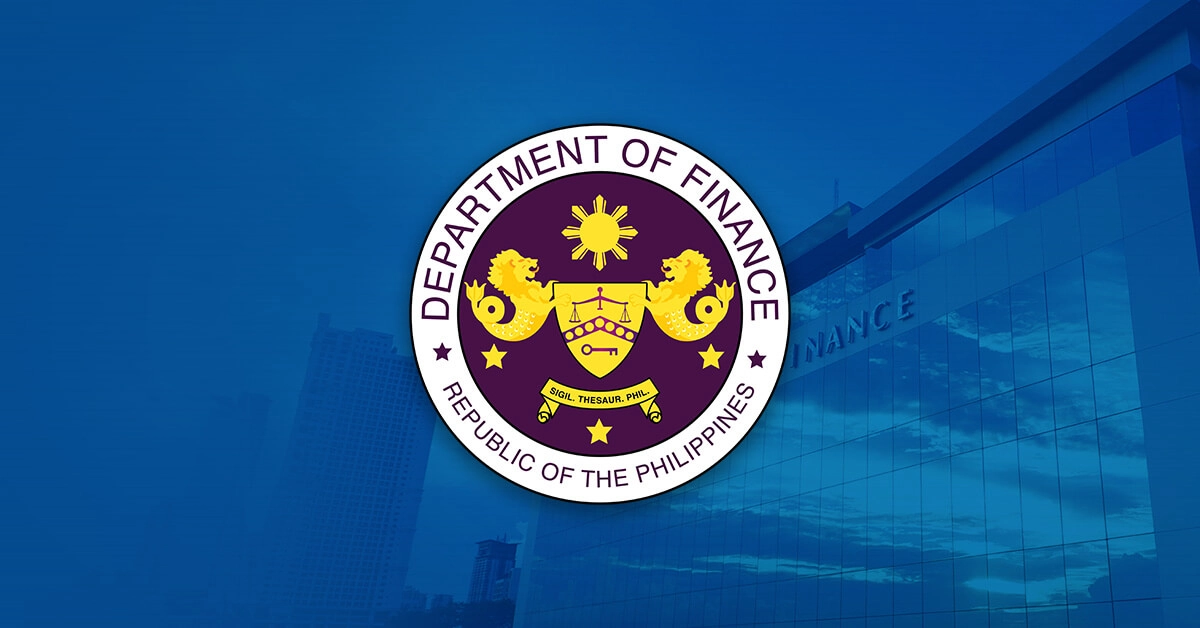Finance Secretary Ralph G. Recto welcomed the unprecedented progress in the Philippines’ labor market in 2024, with the full-year average unemployment rate at its lowest level of 3.8% since the Philippine Statistics Authority (PSA) started compiling comparable data in 2005. Quality jobs for Filipinos are also on the rise.
The annual average unemployment rate is well below the full-year target range of 4.4% to 4.7% set under the Philippine Development Plan 2023-2028. This also surpassed the 4.0% to 5.0% target set for 2028.
In 2024, a total of 48.8 million Filipinos were employed—the highest full-year level recorded. The quality of jobs for Filipinos has also improved, as the full-year underemployment rate dropped to 11.9%—its lowest level ever.
“Makakaasa po kayo na tuloy-tuloy ang gobyerno sa pagsulong ng mga programa na makakapagbigay ng mas maraming dekalidad na trabaho para sa mga Pilipino. And we do not just aim to simply create jobs. We are focusing heavily on improving education, infrastructure, and human development to ensure that we build a Filipino workforce equipped with the tools and opportunities they need to compete on the global stage,” Secretary Recto said.
“The world is already taking notice of the strength of the Filipino workforce. During my engagements with global investors at the World Economic Forum in Davos, they consistently expressed high praise for Filipino talent. This is an opportunity the government is determined to fully harness and maximize, especially as the world transitions to using Artificial Intelligence (AI),” he added.
On average, the services sector continued to dominate the labor market, making up 61.1% of the total employed persons in 2024. This was followed by agriculture (20.7% share) and industry (18.3% share).
The construction sector was the biggest employment driver for the year, adding an average of 298,000 more workers to the labor force compared to 2023.
Other sectors that posted additional jobs last year included: accommodation and food service activities (269,000), transportation and storage (250,000), and administrative and support service activities (241,000).
Wage and salary workers also continued to make up the largest share of employed persons in the country at an average of 63.8% in 2024. This is higher than the 62.6% share in 2023.
In particular, 78.9% of wage and salary workers were employed by private establishments, while only 14.4% were employed by the government.
Government measures to boost employment
President Ferdinand R. Marcos, Jr. emphasized the government’s commitment to reducing unemployment and providing quality job opportunities through public-private partnerships and upskilling programs.
With this, the Department of Finance (DOF) commits to realizing the strong investment interest and workforce upskilling support the Philippines gained at the recent World Economic Forum (WEF) Annual Meeting and series of Philippine Economic Briefings (PEBs) by fast-tracking the implementation of the Corporate Recovery and Tax Incentives for Enterprises to Maximize Opportunities for Reinvigorating the Economy (CREATE MORE) Act.
The implementing rules and regulations (IRR) for the CREATE MORE Act are expected to be signed this month.
Efforts to expand employability and prepare workers for the AI future are also being strengthened, including the rollout of the Enterprise-Based Education and Training (EBET) Framework and the AI Strategy Roadmap 2.0.
Meanwhile, the government is ready to provide support to returning Overseas Filipino Workers (OFWs), particularly amid the shifting immigration policies under the Trump administration. Immediate assistance will be provided to affected OFWs through the Agarang Kalinga at Saklolo para sa mga OFW na Nangangailangan (AKSYON) Fund of the Department of Migrant Workers (DMW) and the Emergency Repatriation Fund of the Overseas Workers Welfare Administration (OWWA).




